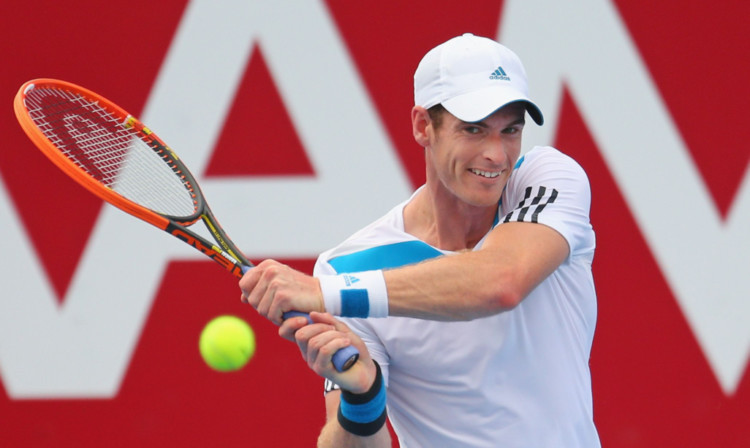
Good memories and a favourable draw could be the catalyst for Andy Murray at the Australian Open.
While Roger Federer and Rafael Nadal potentially lurk in the latter stages of the season’s first Grand Slam, Murray opens his campaign against world no. 112, Go Soeda from Japan.
That, and a Second Round match against a qualifier, offer the Scot the chance to play his way into match fitness following his back surgery last September.
Becoming the first British winner at Wimbledon for 77 years may remain the crowning achievement of his career, but Murray’s impressive record Down Under should not be forgotten.
He has reached three Finals in the last four years, losing twice to Novak Djokovic and once to Federer. With that pedigree behind him, British Eurosport commentator, Simon Reed, is confident that Murray can be in the mix again.
“I don’t see it as a straight two-horse race between Nadal and Djokovic,” he says. “Andy is coming back from injury and lost early in Qatar last week, but I’ve been hearing good things from his camp.
“The other two are ahead of him, but in the last two years, Andy has reached the Final of every Grand Slam he’s played in, apart from New York last summer when he was struggling with his back.
“I have a hunch he’ll do well again because he’s usually very strong at the start of the year. He just needs a couple of matches where he’s relatively untroubled and can play his way back into form.”
Much of Murray’s recent success has been put down to having Ivan Lendl on his team. The ‘80s Revival’ has continued recently with Boris Becker becoming Djokovic’s coach, swiftly followed by Federer signing up Stefan Edberg.
Reed has an interesting theory behind Djokovic’s decision.
“I was gobsmacked, “ he says. “There’s not much in his game needs fixing. Becker might add one or two things, but I suspect long-time mentor Marian Vajda will still do a lot of the work away from the spotlight.
“It’s like Murray and Lendl. Ivan hasn’t made Andy a much better player or changed anything fundamental, but it’s that 1-2% that takes you from being a runner-up in the big matches to a winner.
“One theory is that Novak wants to boost his profile. Djokovic has won as many Slams as Becker, but Becker was a superstar. Does Novak want some of that star dust to rub off on him? Only he can answer.”

Enjoy the convenience of having The Sunday Post delivered as a digital ePaper straight to your smartphone, tablet or computer.
Subscribe for only £5.49 a month and enjoy all the benefits of the printed paper as a digital replica.
Subscribe